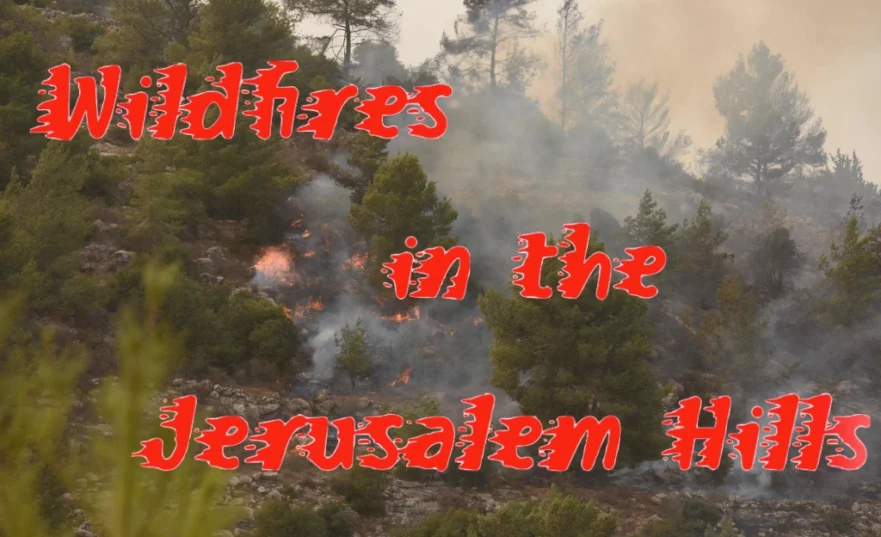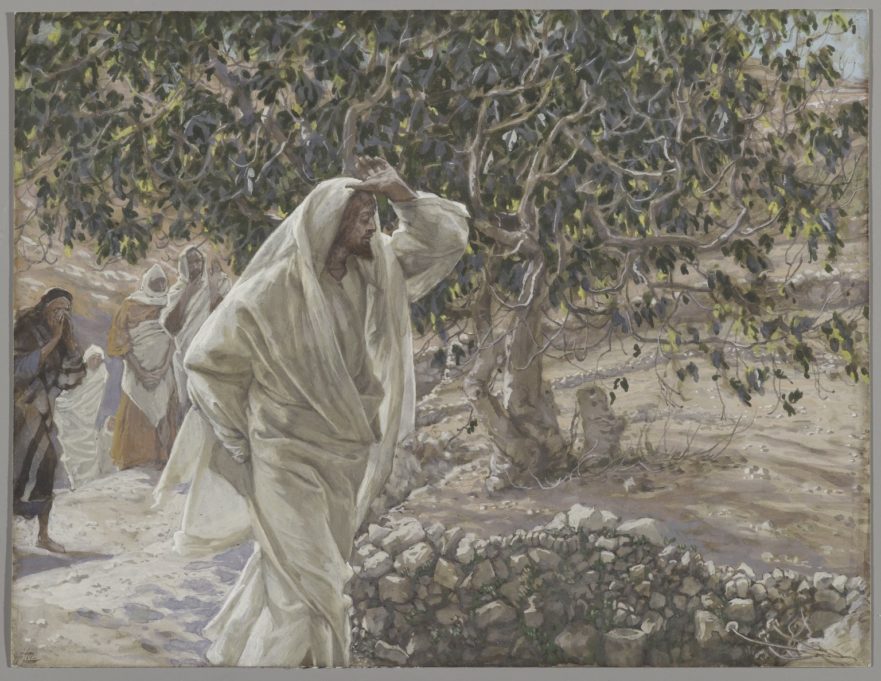Recent wildfires consumed natural forest, woodland, and open areas in the hills of Jerusalem.
Plant a Tree in Israel to Honor David Bivin
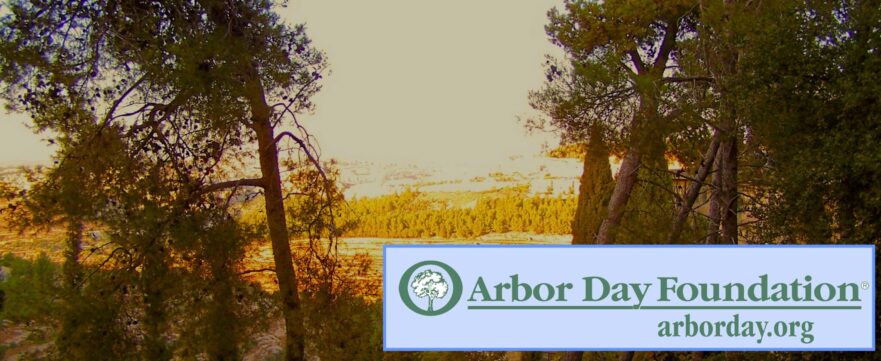
With a donation of $18 a tree will be planted in Israel in David’s honor as a lasting tribute to his lifetime of achievement.
‘Look at…all the trees’: Trees in the New Testament Gospels
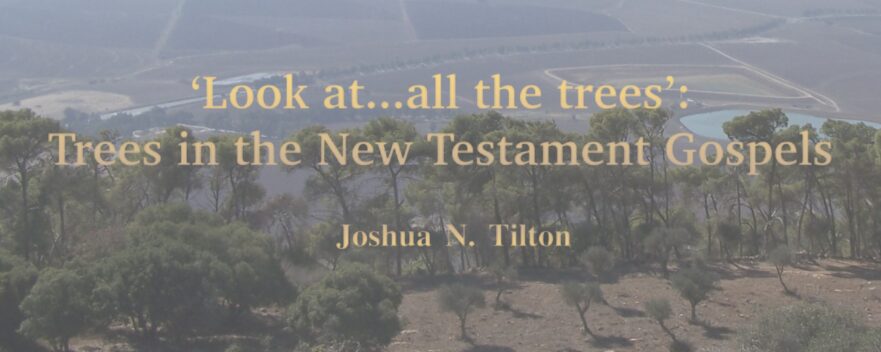
An examination of the role trees play in the New Testament Gospels.
Tangled up in Techēlet: Tzitzit (Ritual Tassels) in the Time of Jesus
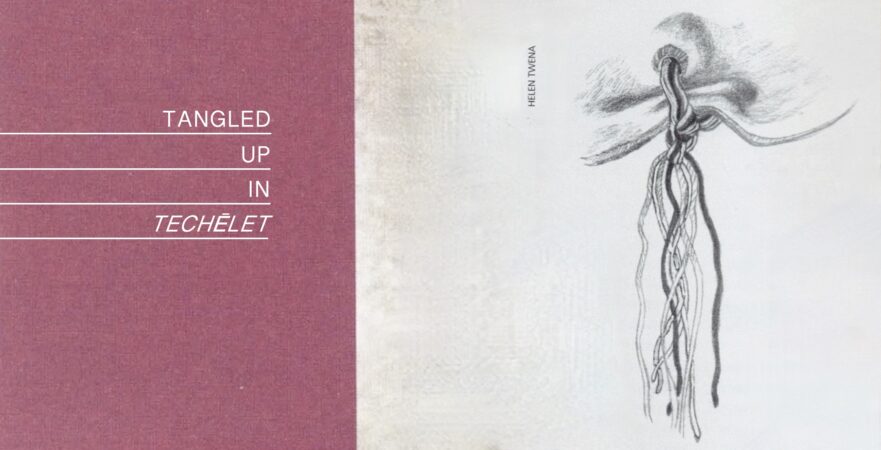
Although the wearing of tzitzit is enjoined in Scripture, we do not find records of its actual observance until the Second Temple period.
Possessed Man in Girgashite Territory
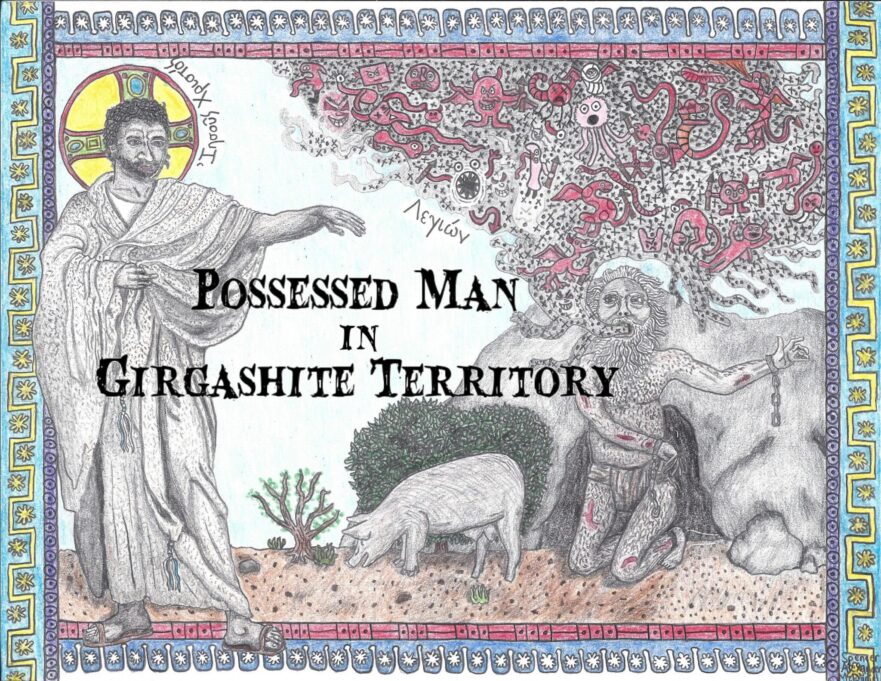
Holiness and purity play a hidden role in the story commonly known as the Gerasene Demoniac.
Faith Like a Mustard Seed
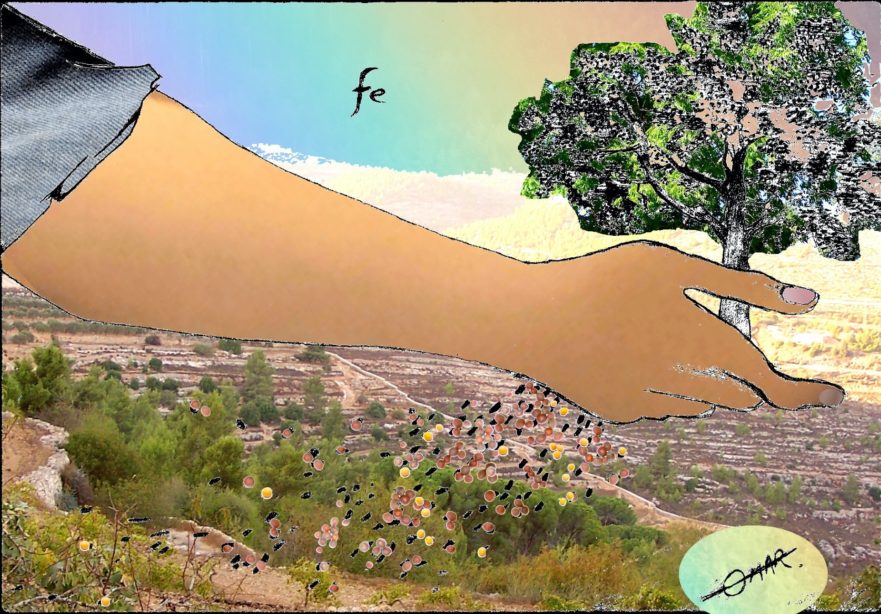
Trust in God and faithfulness to his Kingdom will surmount seemingly impossible obstacles.
Fig Tree Parable
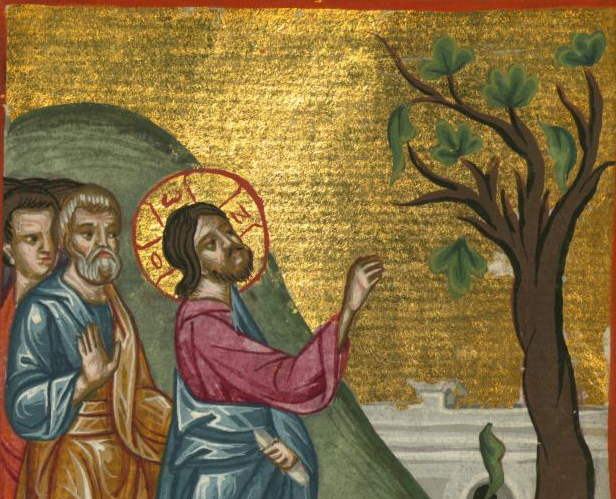
The Fig Tree parable offers assurance that despite the destruction of Jerusalem and the Temple, Israel will eventually be redeemed.
Carrion Birds
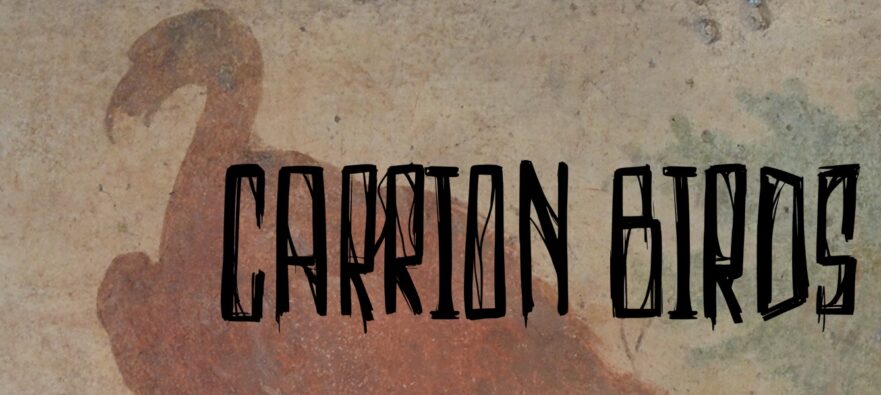
Carrion Birds describes the enormity of the destruction Jesus foresaw. Israel would be rendered carrion to be picked over by the Roman legions.
Gospel Postcard: The Garden of Gethsemane
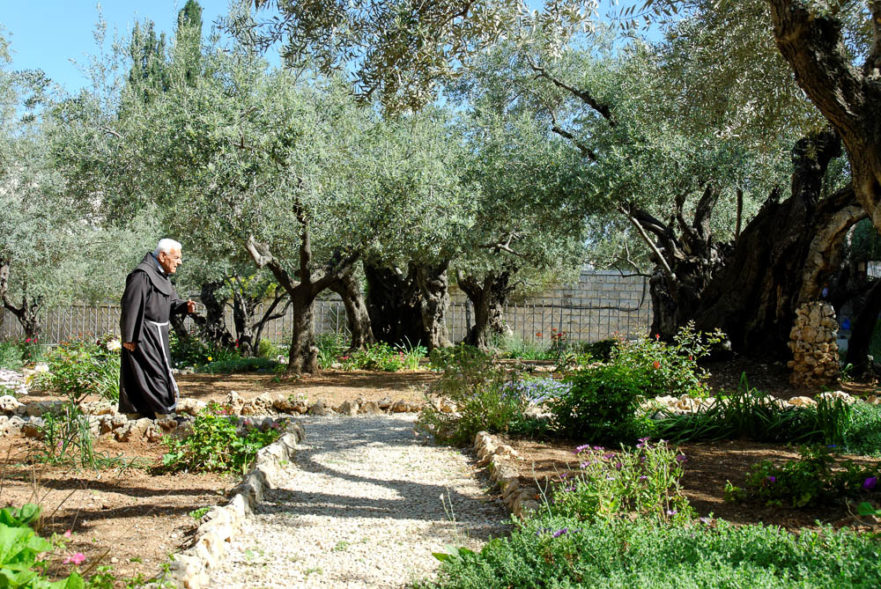
The traditional location of the Garden of Gethsemane is on the lower slopes of the Mount of Olives opposite the Temple Mount and its Golden Gate.
Yeshua’s Immersion
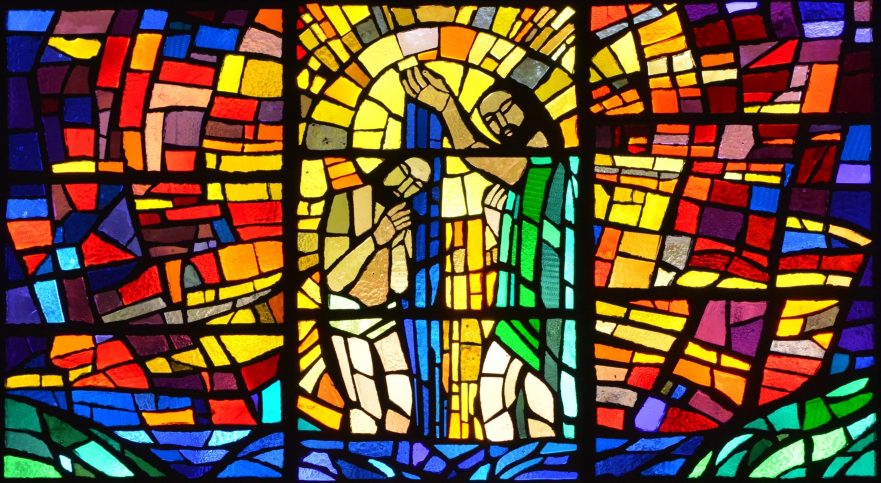
The words of the heavenly voice that spoke at Jesus’ immersion foreshadowed the trajectory of Jesus’ career.
Yohanan the Immerser Demands Repentance
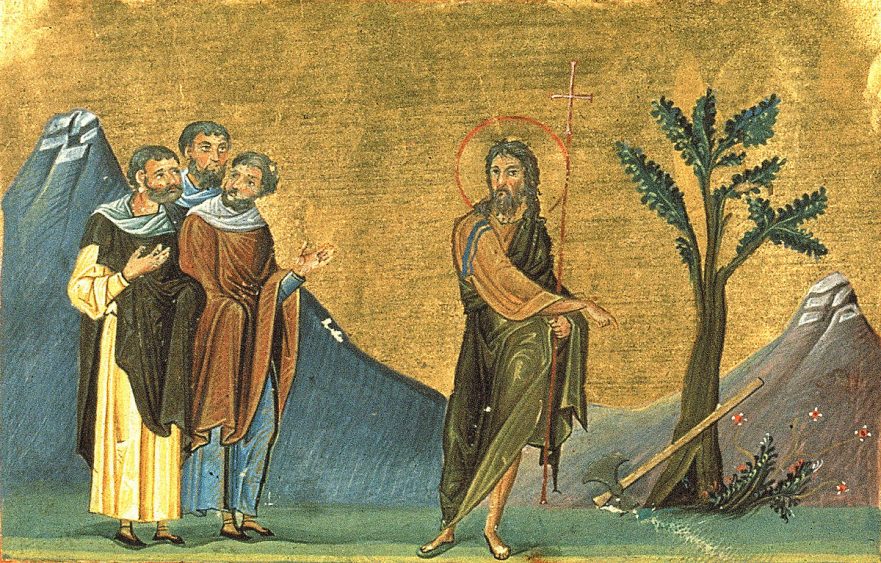
In Yohanan the Immerser Demands Repentance John the Baptist challenges his audience, which had gone through all the trouble of going out to the Jordan River to receive his baptism, to accept his even more important advice: to repent of their evil deeds and imitate the faithfulness of Abraham their father.
Darnel Among the Wheat Parable

Is the Darnel Among the Wheat parable an allegory about eschatological events, or a lesson about God’s character?
Four Soils Parable
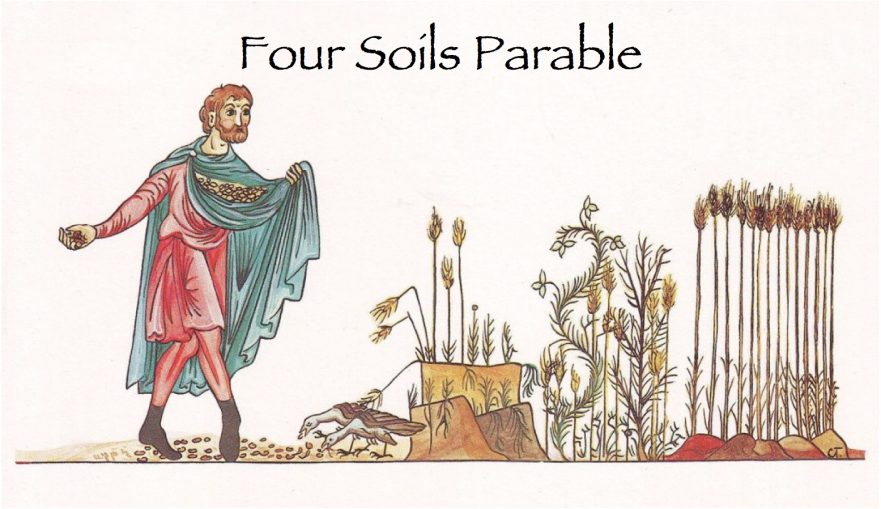
By not revealing what the Four Soils parable was about until its dramatic conclusion Jesus drew in his audience and held their attention, making them the very thing the parable urged them to be: good listeners.
Mustard Seed and Starter Dough Parables
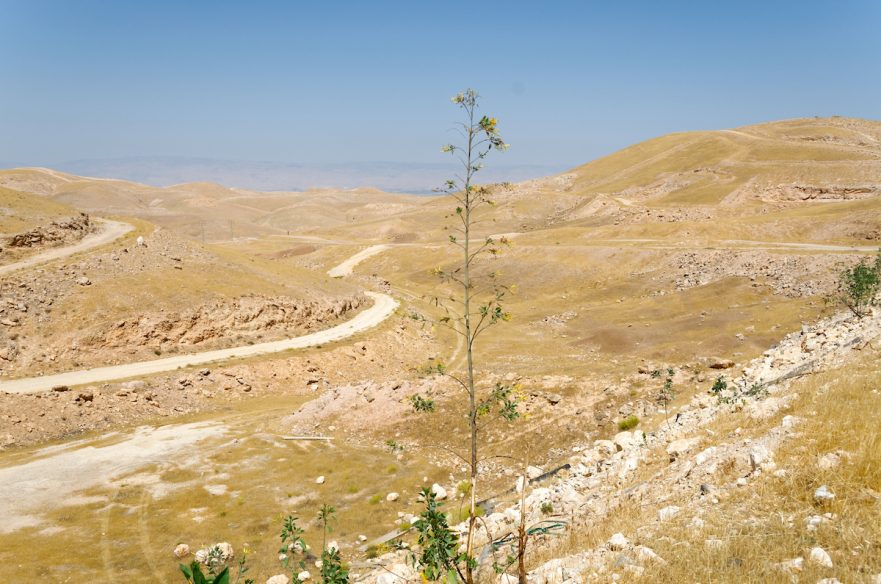
Jesus used the Mustard Seed and Starter Dough parables to demonstrate that the Kingdom of Heaven is a living and active presence that is increasing within the realm of human experience.
Fathers Give Good Gifts Simile
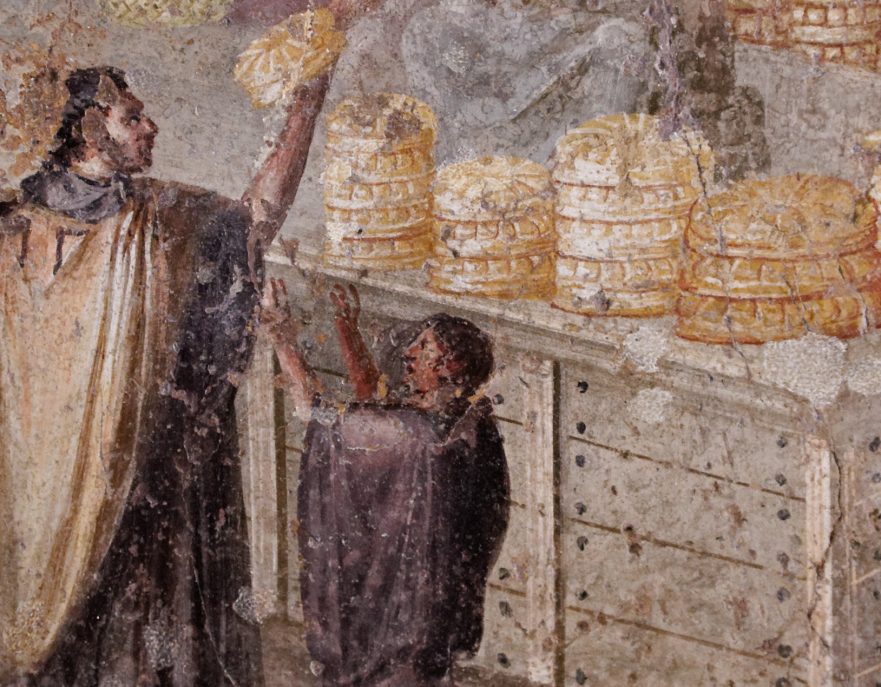
Would you give a hungry child a poisonous arachnid to eat? Probably not, because even sinful human beings are not totally depraved. Would God give you something dangerous and destructive when you ask him for help? Certainly not, because he is the source and foundation of all goodness. In the Fathers Give Good Gifts simile, Jesus concludes his reassuring arguments that God can be trusted to provide for his full-time disciples when they pray the Lord’s Prayer.
Yeshua’s Discourse on Worry
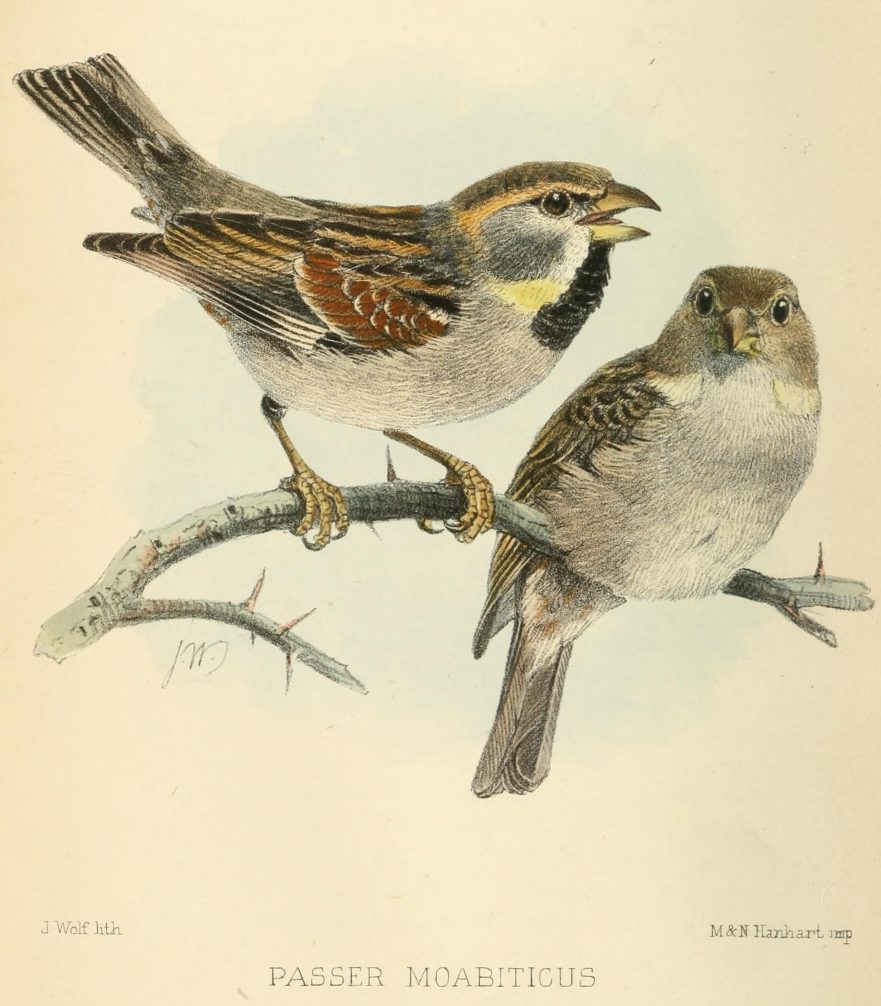
In Yeshua’s Discourse on Worry Jesus confronted one of the most serious concerns of the disciples: how would their basic needs be met now that they had given up their possessions and livelihoods in order to itinerate full-time with Jesus?
Lost Sheep and Lost Coin Similes
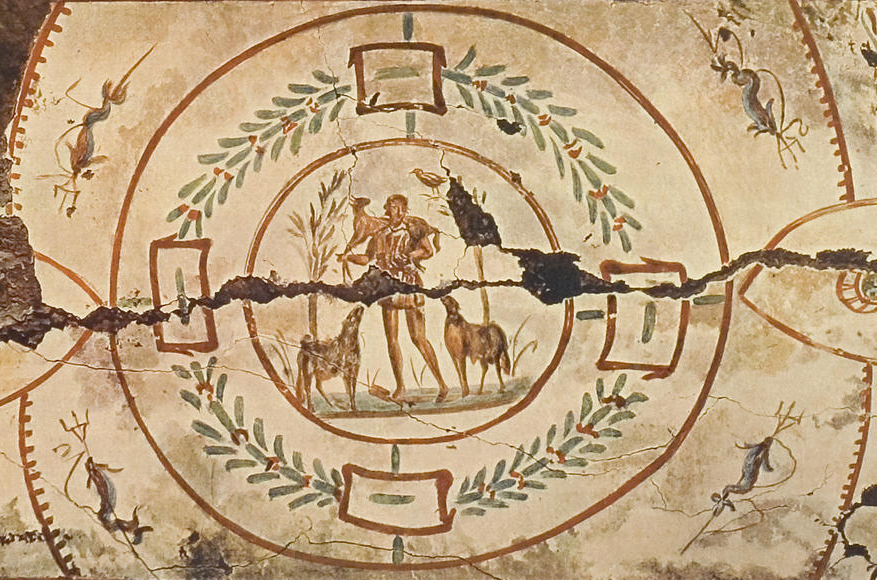
With the Lost Sheep and Lost Coin similes Jesus explained to his critics that he ate and drank with “sinners” because God rejoices when a person repents. God wants his friends—including Jesus and Jesus’ critics—to join him in the celebration.
- Page 1 of 2
- 1
- 2

